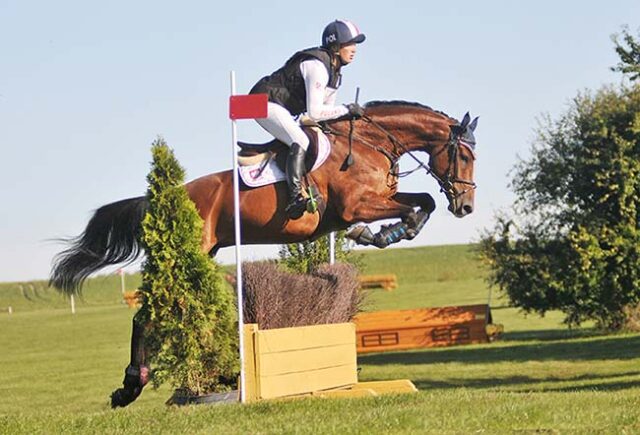
By Anna Cuber / PZHK
Photography: Katarzyna Wiszowaty, Katarzyna Broda
Where? When? Which horses? What disciplines? The Polish Championship for Young Horses is schedule to take place from September 17-20, 2020 – to be precise, the championship for riding horses that are organized by various studbooks depending on breeding infrastructure and sport in any given country. There are also differences in rules, but it creates the first opportunity to see young horses ‘in action’ under saddle, rather than free jumping or at liberty.
During these competitions it’s possible to observe young horses in a jumping or dressage arena, negotating cross-country obstacles, or in a marathon. To many owners, they see their own-bred horses as the best. Only after comparing them with other horses do they sometimes view the differences in quality. This possibility to compare horses within their own age-group is most important, as well as the presentation under a rider.
Breeding of Warmbloods is, of course, different to Thoroughbreds, for example, whose quality may already be tested at the age of two when they race for the first time. On the other hand, a late-maturing two-year-old half-bred horse is still a ‘juvenile,’ and a great unknown. One has to wait a long time for the final evaluation, and success in sport depends upon many other additional factors, which are often beyond breeder’s control, for example on appropriate managing, feeding, or a rider’s skills and wisdom.
In Germany the National Federation (FN) in Warendorf is responsible for the Bundeschampionate. It is not only in responsible for sport but also has a significant influence on the breeding department. In France, a separate association is responsible for the organisation of competitions for young horses (a classical scheme for professionals, as well as amateurs), which is obvious, because over 1,200 young jumping horses are entered at the event. In the Netherlands, the thriving KWPN association is responsible for the events and (with the exception of the pandemic situation) jumping, as well as dressage competitions are held during their KWPN Days. The Belgian Championships are also run along ‘classical lines, where clear rounds count.
In Poland, competitions for young horses, qualifiers for the young horse championships, and the championships themselves are breeding events and, therefore, the Polish Horse Breeders Association (PZHK) is responsible for their organization and qualifications. PZHK comprises breeders from eight studbooks, including three that are specifically saddle sports.

In many countries, including Poland, the young horse championships are organized according to rules that are different from traditional sport events, and include showjumping, dressage, eventing, driving, and sport endurance. For two years now, following the example of the Bundeschampionat, PZHK has organised their young horse championship in the same location, where jumping, dressage and eventing horses meet at the enchanting and perfectly organized Stragona Strzegom Centre. Located in the south of Poland, it has hosted the FEI Eventing World Cup Final, as well as the European championships for ponies, and age-group championships for four-, five-, and six-year-old horses in the three disciplines.
In jumping, an additional age-group for seven-year-olds has been added, and every horse participating in the championships has to meet qualification criteria formulated in the annual rules for a given discipline. In each discipline four-year-olds are also evaluated on the so-called ‘triangle’ for constitution, functionality, and usefulness for a given discipline... To read the complete article you need to be a subscriber
CLICK HERE TO SUBSCRIBE TO BREEDING NEWS
SUBSCRIBERS CAN READ THE COMPLETE ARTICLE BY LOGGING IN AND RETURNING TO THIS PAGE




